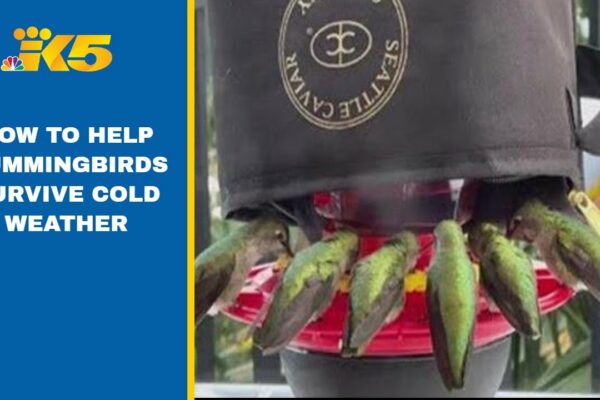
Have hummingbirds arrived in Rhode Island yet?
As spring unfolds, bird enthusiasts eagerly await the arrival of hummingbirds in Rhode Island. These marvelous creatures, known for their vibrant colors and swift flight, bring joy to gardens across the state. While their arrival varies each year, typically, hummingbirds begin to grace us with their presence in late April or early May. By planting nectar-rich flowers and hanging feeders, we can create an inviting haven for these tiny avian wonders. So, keep your eyes peeled and your feeders ready, for the hummingbirds are on their way to Rhode Island!



